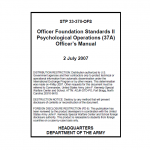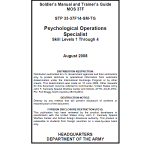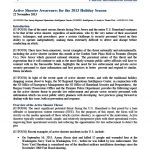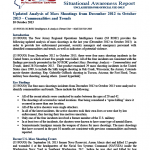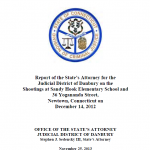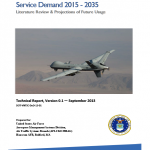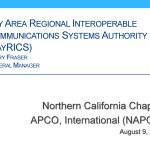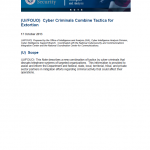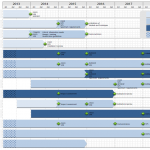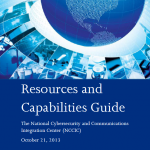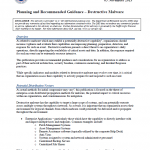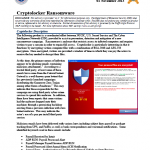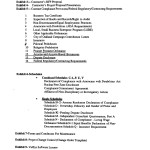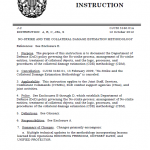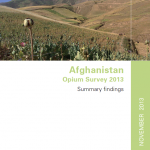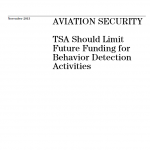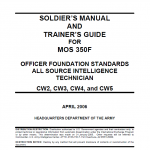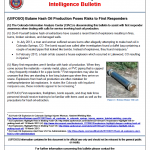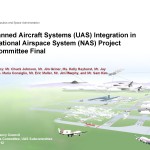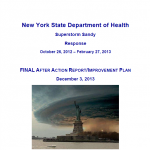
Superstorm Sandy, a late-season post-tropical cyclone and the tenth storm of the 2012 Atlantic hurricane season, swept through the Caribbean and up the East Coast of the United States in late October 2012. The storm left 42 dead in New York State (NYS), thousands homeless and millions without power. Superstorm Sandy began as a tropical wave in the Caribbean on October 19, 2012. It quickly developed into a tropical depression and then a tropical storm in six hours. It quickly moved north, then turned northwest within the next week, making landfall on October 29, 2012 striking near Atlantic City, New Jersey with winds of 80 miles per hour. At one point, Superstorm Sandy’s hurricane force winds (74 mph) extended up to 175 miles from its center and tropical storm force winds (39 mph) out to 485 miles. A full moon made high tides 20 percent higher than normal, amplifying Superstorm Sandy’s storm surge.


